- Publisher : Your Online Publicist
- Publication Date : February 2021
- Pages : 184
- Product Dimensions : 5.50 (w) x 8.50 (h) x 0.54 (d) in.
- Genre : Biological Sciences
- Paperback ISBN : 978-1-954813-95-3
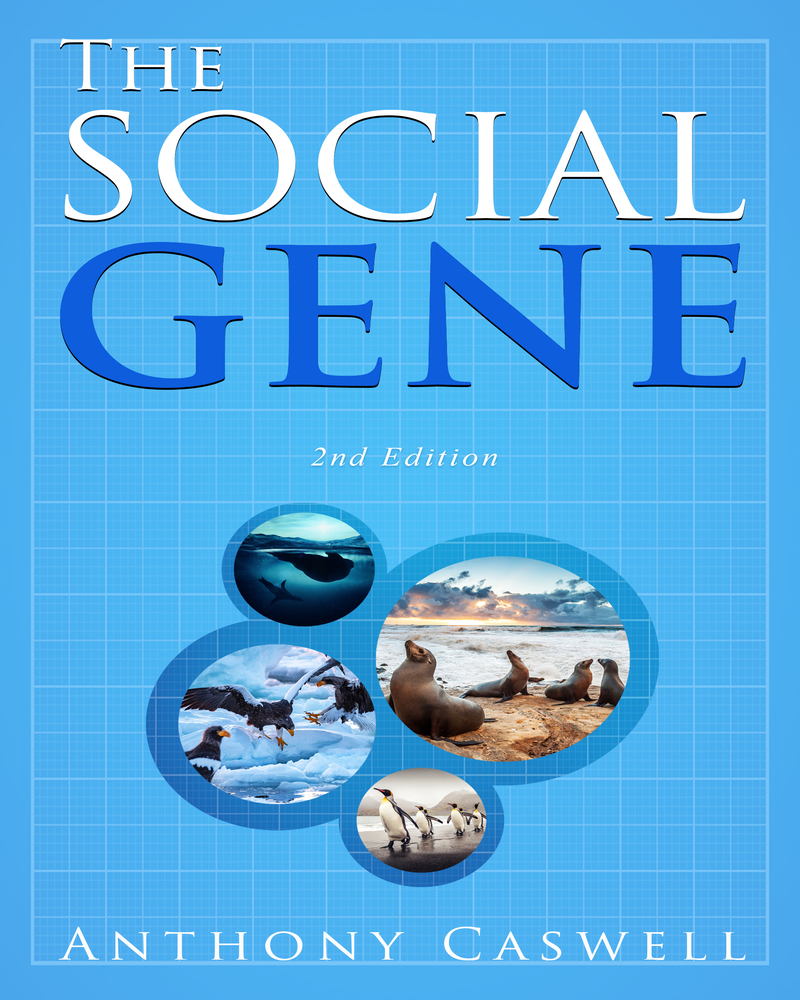
The Social Gene 2nd Edition
Anthony Caswell
Anthony Caswell was a long-term professor and researcher at the University of Miami Medical School. He now lives in Western MA.
The Social Gene vs The Selfish Gene
Viewers of animal behavior on television can experience a feast of exciting new information about the social interactions of an amazing range of animal species.
Unfortunately, when it comes to theoretical interpretation, they are left in the dark ages with ideas that are at least half a century out of date and have not shifted in the interim. They have not even caught up with our modern understanding of how genes work. The hypothesis of the selfish gene is a case in point, which proposes that social interactions are governed by the sum of all genes that a potential pair share in common. This is obvious nonsense, but has been unthinking dogma from the time before the double helix was recognized.
This exposition has been built on the many excellent observations and experiments of researchers in the field and in the laboratory. It accounts for the general types of sociality of mammals, including humans, as well as birds.
It explains how the two sex hormones, testosterone and estradiol, perform a dual role of both sexual and social attraction through the simple assumption that, while high levels promote opposite-sex interaction, low levels give rise to same-sex affiliation. With this simple intellectual maneuver, the full range of herd formation of species are accommodated including annual mating periods, dual sex associations, penguin societies and arbitrary mating periods.
The discovery that the fetus lies within about two cells of the placenta provides a cogent pathway for direct transmission between the two (Rutherhood JN AMJ Hum Biol (2009)) and makes this basis of communication more plausible and certainly more rational than selfishness.
“To Adapt and Survive
The assumption of animal communication called the kin selection was introduced by William Hamilton in 1964 and is otherwise known as the selfish gene. It proposes that only blood relations are capable of assembling herds and attracting them. There is little evidence that this is the principal quality of animals, since they themselves mostly do not conform to this condition. There are numerous examples of animals in the open helping unrelated individuals at a cost to themselves, and of their playfully engaging with individuals of the same or different species.
Almost everything that Hamilton ever wrote about animal behavior was based on assumptions through one artificial concoction or another. He gave us the lonely water snake imprisoned in a pond; frogs jumping all over each other; the ruthless selfishness of herds in a meadow; the neat pentagons to be adopted by cattle when a lion mysteriously roars in their midst; miscreants in a dilemma over whether to capitulate to the police; the reduction in the number of emotional responses to four categories – a mountain of speculative analogies.
These parables have all been lapped up by the scientific public. The one property that Hamilton never did deliver on, was evidence that real animals obeyed any of his prescriptions, and it has been the same ever since.”
Be the first to review “The Social Gene 2nd Edition by Anthony Caswell”
You must be logged in to post a review.









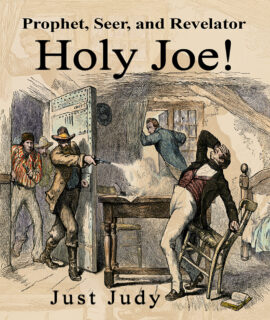
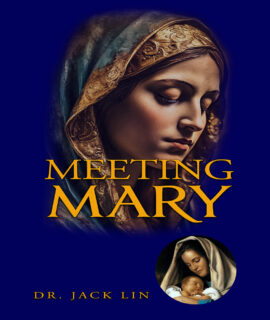
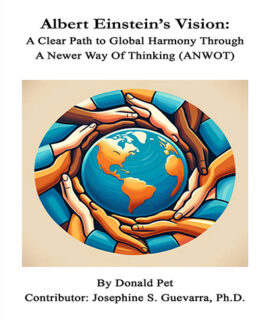
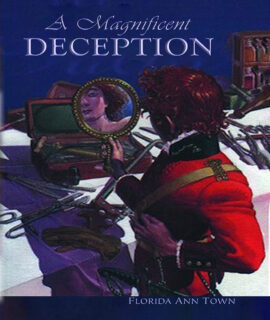


Reviews